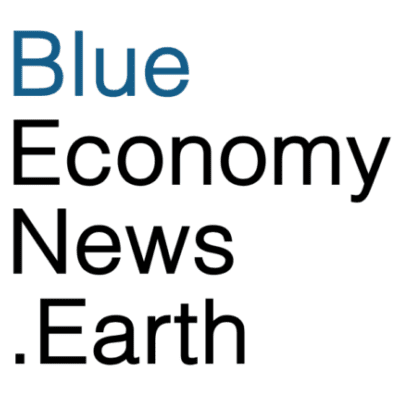German E-methanol startup ICODOS, which makes sustainable maritime fuel from wastewater, has opened a new plant at the sewage treatment facility in the western city of Mannheim, in partnership with the Karlruhe Institute of Technology (KIT).
The “Mannheim 001” demonstration plant converts biogas from wastewater into climate-neutral methanol. The biogas produced in the wastewater treatment plant is first purified. The CO2 it contains then reacts with renewably produced hydrogen to produce methanol–a versatile raw material that can be used as marine fuel or in the chemical industry. The plant is compact and scalable for easily decentralized implementation. The company is in discussions with other wastewater treatment plants to set up production facilities.
“With our technology, we extract a high-quality energy source from an existing source,” said Dr. Vidal Vazquez, co-founder of ICODOS. “In Germany alone, wastewater treatment plants could produce several million tons of sustainable methanol annually. The current project shows that wastewater treatment plants can serve as the heart of sustainable fuel production – a potential that has so far remained untapped.”
Shipping is responsible for around 3% of global greenhouse gas (GHG) emissions. To change this, environmentally friendly alternatives to conventional fossil fuels are urgently needed. Reusing biogas, a GHG, is an alternative to using virgin crops–needed for global food security–to biofuels for sustainable maritime fuels.
“To achieve our climate protection goals, we must keep all technological options open. In addition to electrification and hydrogen-based propulsion, we need climate-friendly fuels, especially in maritime shipping,” said Dr. Volker Wissing, Federal Minister for Digital Affairs and Transport. “Germany should take a pioneering role in research and development. This represents a growth market of the future. It’s also about making our country independent of energy imports. ‘Mannheim 001’ demonstrates how economic efficiency and climate protection can go hand in hand. This project can serve as a model for many other locations in Germany and Europe.”


